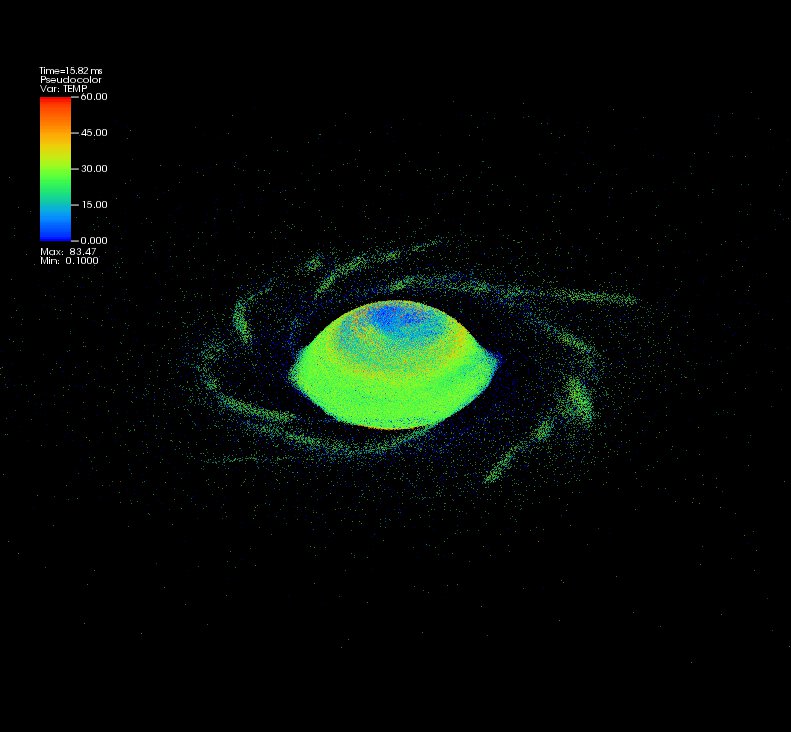11 Muster Mark's Quarks
第十一章 馬斯特·馬克的夸克
IN 1911, A British scientist named C. T. R. Wilson was studying cloud formations by tramping regularly to the summit of Ben Nevis,
1911年,一位名叫C.T.R.威爾遜的英國科學家經常爬到本尼維斯山頂去研究云層的構造。
a famously damp Scottish mountain, when it occurred to him that there must be an easier way to study clouds.
這座山位于蘇格蘭,以潮濕聞名。他突然想到,肯定還有一種比較簡單的辦法。
Back in the Cavendish Lab in Cambridge he built an artificial cloud chamber,
回到劍橋大學的卡文迪許實驗室以后,他建起了一個人工云室,
a simple device in which he could cool and moisten the air, creating a reasonable model of a cloud in laboratory conditions.
一種簡單的裝置,他在里面可以冷卻和濕潤空氣,在實驗室現有的條件下創建一個說得過去的云層模型。
The device worked very well, but had an additional, unexpected benefit.
那個裝置運轉良好,而且還有個意料之外的好處。
When he accelerated an alpha particle through the chamber to seed his make-believe clouds,
當威爾遜使一個α粒子加速通過云室制造人工云團的時候,
it left a visible trail—like the contrails of a passing airliner.
它留下一條明顯的軌跡──很像一架飛過的飛機留下的凝跡。
He had just invented the particle detector.
他剛剛發明了粒子探測儀,
It provided convincing evidence that subatomic particles did indeed exist.
提供了令人信服的證據,證明亞原子粒子確實存在。

Eventually two other Cavendish scientists invented a more powerful proton-beam device,
最后,卡文迪許實驗室的另外兩位科學家發明了功率更大的質子束裝置,
while in California Ernest Lawrence at Berkeley produced his famous and impressive cyclotron,
歐內斯特·勞倫斯在加州大學伯克利分校造出了著名的回旋加速器,
or atom smasher, as such devices were long excitingly known.
或稱原子粉碎器,這類設備在很長時間里就是這么稱呼的。
All of these contraptions worked—and indeed still work—on more or less the same principle,
所有這些新發明的原理大體相同,無論是過去還是現在,
the idea being to accelerate a proton or other charged particle to an extremely high speed along a track (sometimes circular, sometimes linear),
即,將一個質子或別的帶電粒子沿著一條軌道(有時是環形的,有時是直線的)加速到極快的速度,
then bang it into another particle and see what flies off.
然后砰地撞向另一粒子,看看撞飛了什么。
That's why they were called atom smashers.
所以,它被稱之為原子粉碎器。
It wasn't science at its subtlest, but it was generally effective.
嚴格來說,這算不上是科學,但一般來說是很管用的。











